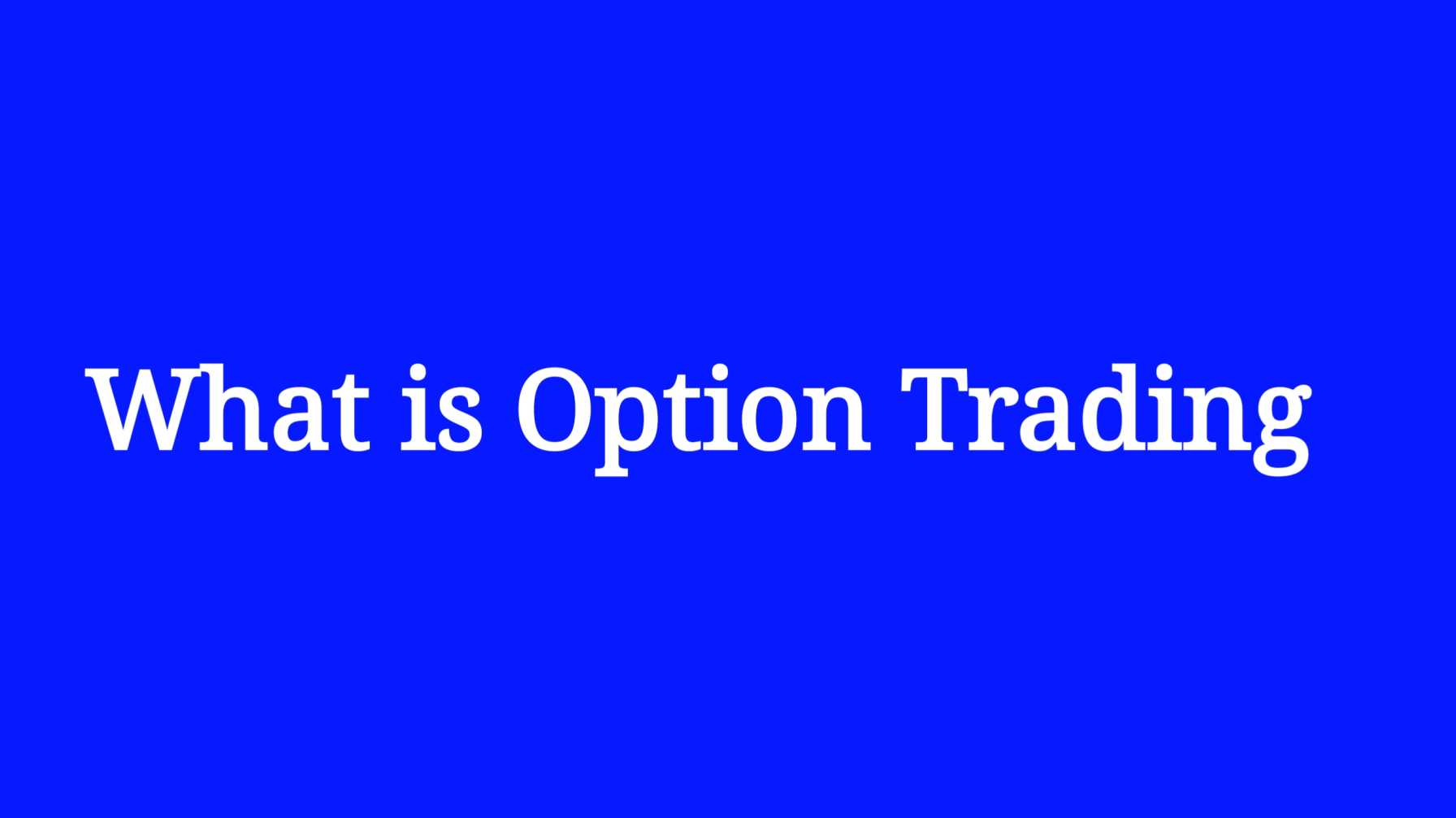Options trading involves the buying and selling of options contracts, which are financial derivatives that derive their value from an underlying asset, typically stocks. Here’s a detailed overview:
Key Concepts
- Options Contracts:
- Call Option: Gives the holder the right to buy the underlying asset at a specified price (strike price) before the option expires.
- Put Option: Gives the holder the right to sell the underlying asset at the strike price before expiration.
- Strike Price: The price at which the holder can buy (call) or sell (put) the underlying asset.
- Expiration Date: The date by which the option must be exercised or it will expire worthless.
- Premium: The price paid to purchase the option. This is the cost of having the option and is non-refundable.
- In-the-Money (ITM): An option that has intrinsic value. For calls, this means the underlying asset’s price is above the strike price; for puts, it’s below.
- Out-of-the-Money (OTM): An option that has no intrinsic value. For calls, this means the underlying asset’s price is below the strike price; for puts, it’s above.
- At-the-Money (ATM): An option where the underlying asset’s price is equal to the strike price.
How Options Work
- Buying Options: Traders purchase options to speculate on price movements or to hedge existing positions. The maximum loss is limited to the premium paid.
- Selling Options (Writing): Traders can also sell options to collect premiums. This can involve significant risk, especially if the market moves unfavorably.
Strategies
- Covered Call: Holding the underlying asset while selling call options on it. This generates income but limits upside potential.
- Protective Put: Buying a put option while holding the underlying asset. This acts as insurance against a decline in the asset’s price.
- Straddles and Strangles: These strategies involve buying both calls and puts with the same expiration date to profit from significant price movement, regardless of direction.
- Spreads: Involve buying and selling options of the same class (calls or puts) on the same underlying asset but with different strike prices or expiration dates to limit risk and potential profit.
Risks and Considerations
- Leverage: Options provide leverage, meaning small price movements in the underlying asset can result in significant gains or losses.
- Time Decay: Options lose value as they approach expiration, a phenomenon known as time decay. This affects out-of-the-money options particularly.
- Complexity: Options strategies can be intricate, requiring a good understanding of market conditions and risks.
- Market Conditions: Options prices can be influenced by various factors, including volatility, interest rates, and the underlying asset’s price movements.
Conclusion
Options trading offers opportunities for both speculation and hedging but comes with inherent risks. It’s crucial for traders to educate themselves on strategies, market dynamics, and risk management before engaging in options trading.



